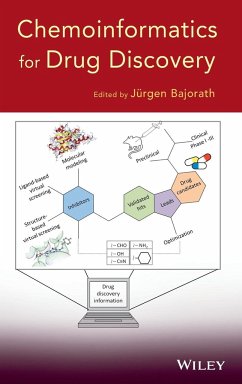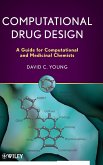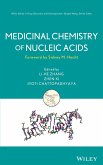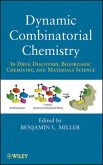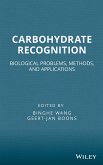The first guide to address the strengths, weaknesses, case studies, and applications of cheminformatics approaches to drug discovery, Chemoinformatics addresses how these in silico techniques are applied in both academic and industrial research environments. Discussing approaches that have been successful as well as those that have not, the text outlines cheminformatics infrastructure tools and their implementation and describes the impact of different approaches on experimental or pharmaceutical research. A valuable resource for computational, medicinal/pharmaceutical scientists, chemical biologists, and computational biologists, the text includes case studies and applications by experimental and industrial researchers.
Chemoinformatics strategies to improve drug discovery results
With contributions from leading researchers in academia and the pharmaceutical industry as well as experts from the software industry, this book explains how chemoinformatics enhances drug discovery and pharmaceutical research efforts, describing what works and what doesn't. Strong emphasis is put on tested and proven practical applications, with plenty of case studies detailing the development and implementation of chemoinformatics methods to support successful drug discovery efforts. Many of these case studies depict groundbreaking collaborations between academia and the pharmaceutical industry.
Chemoinformatics for Drug Discovery is logically organized, offering readers a solid base in methods and models and advancing to drug discovery applications and the design of chemoinformatics infrastructures. The book features 15 chapters, including:
What are our models really telling us? A practical tutorial on avoiding common mistakes when building predictive models
Exploration of structure-activity relationships and transfer of key elements in lead optimization
Collaborations between academia and pharma
Applications of chemoinformatics in pharmaceutical research-experiences at large international pharmaceutical companies
Lessons learned from 30 years of developing successful integrated chemoinformatic systems
Throughout the book, the authors present chemoinformatics strategies and methods that have been proven to work in pharmaceutical research, offering insights culled from their own investigations. Each chapter is extensively referenced with citations to original research reports and reviews.
Integrating chemistry, computer science, and drug discovery, Chemoinformatics for Drug Discovery encapsulates the field as it stands today and opens the door to further advances.
Chemoinformatics strategies to improve drug discovery results
With contributions from leading researchers in academia and the pharmaceutical industry as well as experts from the software industry, this book explains how chemoinformatics enhances drug discovery and pharmaceutical research efforts, describing what works and what doesn't. Strong emphasis is put on tested and proven practical applications, with plenty of case studies detailing the development and implementation of chemoinformatics methods to support successful drug discovery efforts. Many of these case studies depict groundbreaking collaborations between academia and the pharmaceutical industry.
Chemoinformatics for Drug Discovery is logically organized, offering readers a solid base in methods and models and advancing to drug discovery applications and the design of chemoinformatics infrastructures. The book features 15 chapters, including:
What are our models really telling us? A practical tutorial on avoiding common mistakes when building predictive models
Exploration of structure-activity relationships and transfer of key elements in lead optimization
Collaborations between academia and pharma
Applications of chemoinformatics in pharmaceutical research-experiences at large international pharmaceutical companies
Lessons learned from 30 years of developing successful integrated chemoinformatic systems
Throughout the book, the authors present chemoinformatics strategies and methods that have been proven to work in pharmaceutical research, offering insights culled from their own investigations. Each chapter is extensively referenced with citations to original research reports and reviews.
Integrating chemistry, computer science, and drug discovery, Chemoinformatics for Drug Discovery encapsulates the field as it stands today and opens the door to further advances.
"Overall the book is well written, logically following the larger storyline and most of the time offering high quality reviews . . . Personally, I enjoyed reading this book and would recommend it as a general introduction to the subject aimed especially for post-graduate students and non-specialists working in the area of drug design, but also for all of those who just want to update their knowledge." (ChemMedChem, 1 June 2014)

